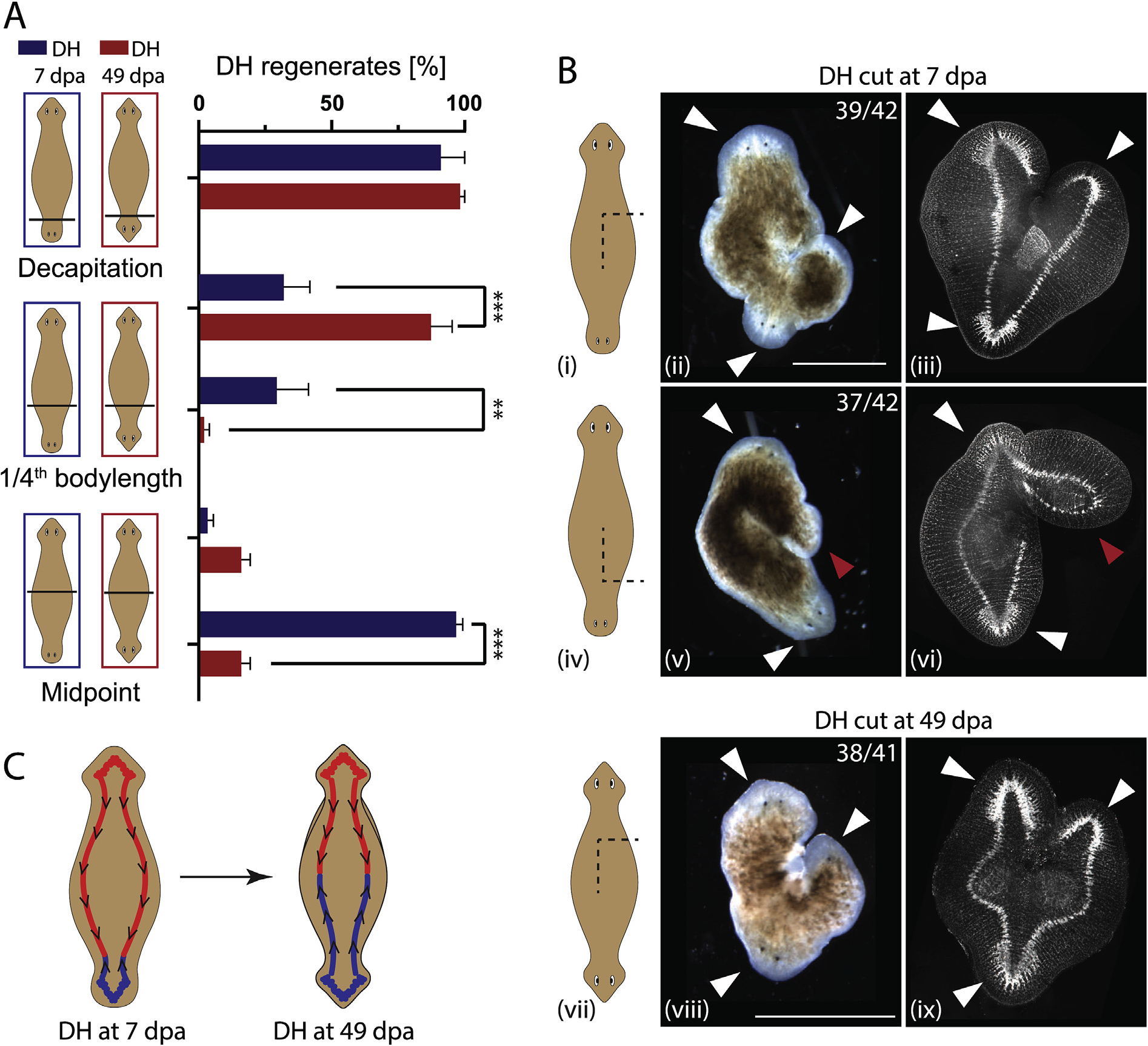Fig. 7. The CNS’ influence over polarity during regeneration changes spatially over time.

A) Percentage of DH regenerates from DHs cut at various locations along the body axis. Cuts were performed either in animals at Day 7 (blue) or Day 49 (red) (days after amputation – dpa). Decapitation resulted in 96% and 98% DH for Day 7 and Day 49 animals, respectively. Fragment consisting of 3/4th of the body regenerated at 28% vs. 87% DHs, while the 1/4th fragments regenerated only 29% and 2% DHs for Day 7 and Day 49, respectively. Midway cuts gave 16% DH regenerates for both halves of DHs at Day 49, while DHs at Day 7 had 3% of the primary half regenerating as DHs, while 97% of the secondary halves regenerates as DHs. N = 4, with 15 worms per replicate. B) Regenerative outcomes of induced side-outgrowths facing either (i-iii) towards the primary head or (iv-vi) towards the secondary head in DHs at Day 7 and (vii-ix) in DHs at Day 49, shown as sketch (left column), in brightfield (middle column) and in synapsin antibody stain, visualizing the nervous system (right column). Frequency of the observed outcomes is given in each panel. White arrow – head regeneration, red arrow – tail regeneration. C) Model of the nervous system polarity in double-headed animals at Day 7 and Day 49, representing the change in orientation in the secondary half of the animal as it adapts to the new morphology. **p < 0.01, ***p < 0.0001, plotted are mean values with error bars representing standard deviation. Scale bars 1 mm.
